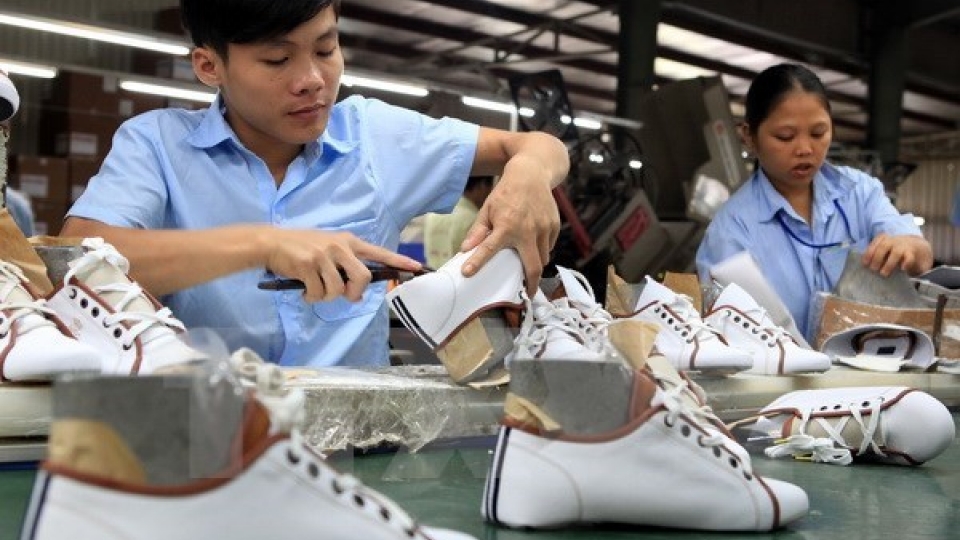Under the Vietnam-EU Free Trade Agreement (EVFTA), which is set to be signed in mid-2018, Vietnamese footwear products exported to the EU will have a deferential tariff of 3.5-4.2% compared to their strongest rival – China. Once the agreement comes into effect, the tariff will drop to zero. Similarly, handbags will enjoy a zero percent import tax rate.
The National Association of Manufacturers of the US is accelerating the adoption of a tariff bill, which is expected to reduce some import tax lines, covering dozens of footwear and garment products imported from Vietnam.
The US Skechers Group is studying the viability of a big project employing around 20,000 Vietnamese workers. It is hoped the project will create a new wave of investment after a quiet year in the footwear sector.
The group distributed more than 200 million products last year and plans to shift its investment in production from China to Vietnam. It has to date increased investment southern provinces and cities and is destined to invest in the north in future. Hai Duong is a possible destination for its projects, which will be estimated at between US$700,000 and US$1 billion.
A representative of Lefaso says that in addition to the advantages forecast this year, the 4.0 industrial wave and the problem of raising labour productivity are one of major challenges facing the sector. At present, 75% of footwear businesses are in a fix in their investment in automatic machinery only 20% use such equipment on a small scale, while less than 5% of businesses are planning to automatise.
Furthermore, the protectionism policies adopted by some importers also presents challenges to the sector, for instance, Brexit is having a direct impact on domestic footwear production.
To cope with these difficulties, Lefaso warns domestic businesses to act swiftly to remove weaknesses, such as high labour costs, by relocating factories to areas with abundant human resources, expanding investment in developing the support industry to improve added value and production.
Such businesses should focus on producing goods of an average to high value, rather than low grade products, to sharpen their competitive edge.
This year, the association will be actively involved in consulting with the State agencies issuing policies related to business operations to ensure the sector fulfills a target of US$20 billion, a year-on-year rise of 10%.
